What is Dental Deep Cleaning and Do I Need It?
October 11th, 2018
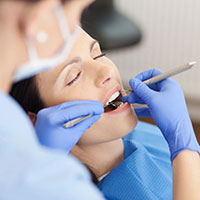 Dentists will often recommend a deep dental cleaning for people who don’t brush and floss regularly or for those who have missed several dental check-up appointments.
Dentists will often recommend a deep dental cleaning for people who don’t brush and floss regularly or for those who have missed several dental check-up appointments.
While it may sound like another way for the dentist to make money, the reality is that deep dental cleaning is an established procedure that is critical to the health and well-being of both you and your teeth.
Even with regular flossing and brushing, plaque and tartar can slowly build up on the teeth causing the beginning stages of gum disease. This is why dentists recommend that you go in for a checkup at least once a year (twice, preferably).
We’re going to look at what deep cleanings are, why they’re recommended, and how they’re performed.
Why Are Deep Cleanings Recommended?
The technical term for a deep cleaning is “root scaling and planing.” It’s an established dental treatment that’s been around for well over 70 years. When you sit down in the dental chair, and the dentist starts to examine your mouth, he will use a small metal probe to measure the areas around your teeth.
He’s specifically looking to measure the depth of the gum tissue between the teeth and gums. If the depth goes beyond five millimeters, it’s referred to as a “pocket,” and this is the area where bacteria will form and live. Healthy pockets measure no more than three millimeters deep. Anything deeper and you have the beginning stages of gum disease.
Deep pockets are caused by an overabundance of bacteria and can form if the teeth aren’t regularly cleaned. While brushing and flossing on a daily basis can help remove the majority of food debris in your mouth, sometimes minute particles will be left behind. Only a dental checkup can eliminate the areas of plaque and tartar that can build up over the course of a few months.
What Does a Dental Deep Clean Entail?
A dental deep clean usually requires a separate appointment as it can take upwards of 45 minutes per quadrant in your mouth. There are four quadrants that need to be cleaned: lower left, lower right, upper left, and upper right. Depending on the extent of the cleaning that needs to be done, it may require multiple appointments to treat all four quadrants.
The dentist will use a set of small surgical grade metal probes and scrapers to physically remove the tartar and plaque from your teeth and gums. He will carefully poke and prod and scrape until he’s confident the tartar and plaque have been removed from the area.
If the process sounds a bit uncomfortable, well, it kind of is. This is why dentists will use a local anesthetic to numb the areas where he will be cleaning.
If the patient suffers from anxiety issues or would like something to make the procedure a bit more bearable, the dentist can prescribe specific medication to help alleviate the unpleasantness of the cleaning process.
What Happens if You Don’t Keep Dental Appointments?
Root scaling and planing is a necessary process. It’s the last line of defense people have before their early stages of gum disease turn into a much more serious condition called periodontitis. If this condition occurs, their immune system will start to attack bone and tissue in the mouth because the inflammation of the gums is so severe.
If the periodontitis worsens, it can result in massive toothaches and teeth needing to be pulled. While a dental deep cleaning can temporarily halt that process, the plaque and tartar will return if the person doesn’t take a more proactive role in their dental hygiene.
Periodontitis causes irreversible bone loss which can give bacteria even more places to hide and grow. Regular brushing and flossing will completely miss these areas. This is why some people will require multiple deep cleanings over the course of several months. In some situations, the dentist may require more than one deep cleaning per year until the situation has stabilized.
How Much Do Deep Cleanings Cost?
The only downside to deep cleanings is that they require heavy manual labor on the part of the dentist. There are no shortcuts, nor automated machines that can speed up the cleaning process. Scraping plaque and tartar off teeth is not easy, and this is why it can take upwards of 45 minutes for each of the four quadrants of your mouth.
It’s impossible to say what the deep cleaning will cost until the dentist has evaluated the patient's mouth and determined a plan of action. The good news is that most dental insurance plans will cover a portion of the deep cleaning. Once the dentist has given you a treatment plan, you can take that information back to your insurance company, and they will tell you exactly what they will cover.
Dental Deep Cleanings in Chicago
If you haven’t had a checkup in over a year, or you have been lax on keeping up with brushing and flossing, you owe it to your health to make an appointment for a dental deep cleaning.
Give us a call today at (312) 787-2131 to schedule an appointment for your dental deep cleaning. At Water Tower Dental Care, our gentle and caring dentists will help clean your teeth and make your smile look like a million bucks!

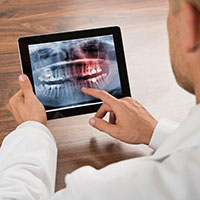 The very first X-ray machine was invented in 1895 by a German physicist named Wilhelm Röntgen. The medical community immediately saw the benefits and started using X-rays to diagnose and treat their patients.
The very first X-ray machine was invented in 1895 by a German physicist named Wilhelm Röntgen. The medical community immediately saw the benefits and started using X-rays to diagnose and treat their patients.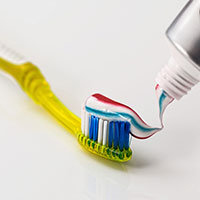 Since the mid-1950’s, the chemical fluoride has been added to the drinking water supply in most cities in our country. The Centers for Disease Control (CDC) hails
Since the mid-1950’s, the chemical fluoride has been added to the drinking water supply in most cities in our country. The Centers for Disease Control (CDC) hails  As the warm summer days give way to crisp autumn nights, there’s no better time to round up the family or loved ones and head off to one of several famous Chicago fall festivals. Whether you’re with your family, significant other, or just flying solo, there are many great autumn festivals to choose from.
As the warm summer days give way to crisp autumn nights, there’s no better time to round up the family or loved ones and head off to one of several famous Chicago fall festivals. Whether you’re with your family, significant other, or just flying solo, there are many great autumn festivals to choose from.
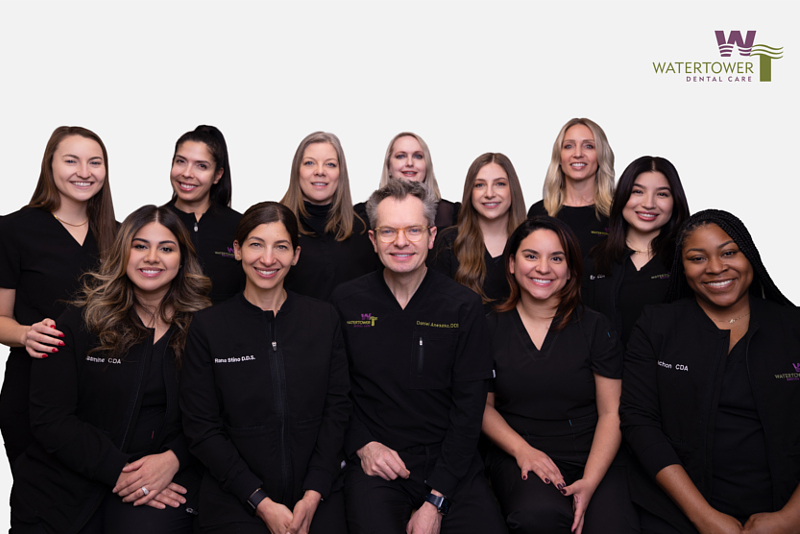


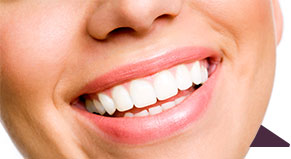
 Website Powered by Sesame 24-7™
Website Powered by Sesame 24-7™